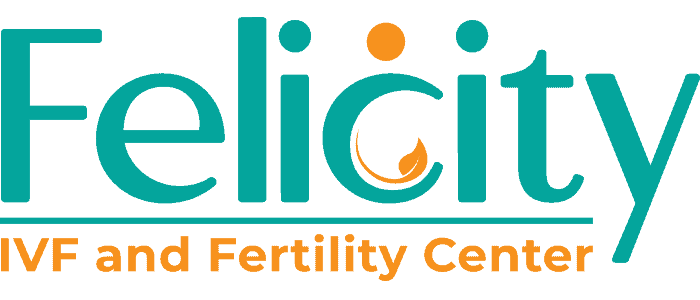 BLASTOCYST
BLASTOCYST
- The word ‘blastocyst’ refers to the stage that the human embryo reaches approximately five to six days after fertilization consisting 100-200 cells. The embryo must reach this stage before it can hatch and implant in the lining of the uterus.
- Blastocysts have a large, central, fluid-filled cavity and two distinct cell types.
- The cells in the centre of the blastocyst is called the inner cell mass and will give rise to the foetus following implantation. The single layer of cells on the outside of the blastocyst forms the trophectoderm and will give rise to the placenta.
 BLASTOCYST CULTURE AND TRANSFER ?
BLASTOCYST CULTURE AND TRANSFER ?
- Until about 10 years ago it was not possible to consistently grow (or ‘culture’) embryos to the blastocyst stage in a laboratory. Specialised commercial culture media (the fluid in which embryos are grown in the lab) have now made it possible to successfully nurture embryos to the blastocyst stage outside the human body. This laboratory process is known as ‘blastocyst culture’.
- Blastocyst transfer simply means that the blastocyst embryos are transferred to the woman’s uterus on day 5 of embryo culture
